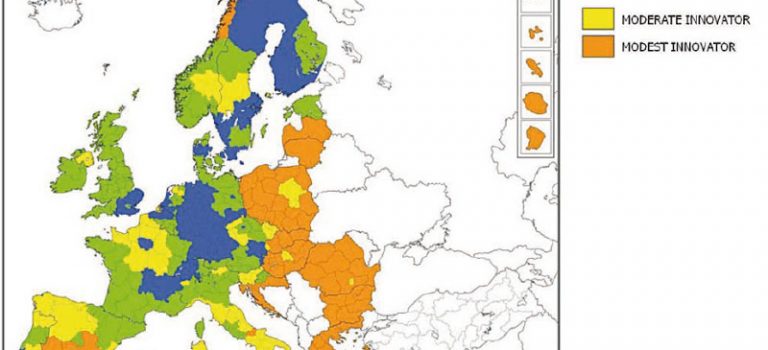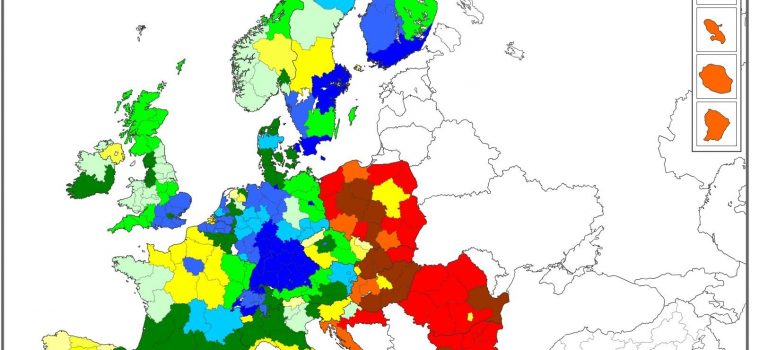The European Innovation Scoreboard has been one of the most important European studies for national en regional performance on innovation performance. As one of the key elements for economic growth en job growth, the performance or regions in regard of innovation is comprehensively assessedon a yearly basis. The results are therefore widely used by local and national governments in policy and decision-making. Just over a week ago, the 2012 report was launched in Brussels and for the first time the report made a difference between regions that are Innovation Leaders and regions that are Innovation Followers.
Substantial Regional Differences
One of the most significant findings of this year is that the performance of regions in regard to innovation isn’t bound to the national borders of the member states, but is much more focused to specific areas within those nations. As Michael Porter said many years ago:
“Paradoxically, the enduring competitive advantages in a global economy lie increasingly in local things-knowledge relationships, and motivation that distant rivals cannot match.”
These results aren’t a surprise, because many countries have been developing “National Place-based Policies” (OECD), such as the “Peaks in the Delta”-policy in the Netherlands in which three regions have been pointed out as the country’s nuclea for innovation: Mainport (Rotterdam-The Hague), Airport (Amsterdam) and Brainport (Eindhoven). These strategies are now reflected in the results of the European Innovation Scoreboard.
Germany, Denmark, Finland and Sweden are the most innovative
The most innovative countries in Europe – the ones with the highest percentage of regions being Innovative Leaders – are Germany, Denmark, Finland and Sweden. This reflected in the following figure.


We can see a kind of “blue belt” stretching over Scandinavia, Denmark, Germany and the Benelux, Switzerland and Southeastern France. The following image shows the difference between regions better because of a more detailed legenda:


We do see very big differences in certain countries, such as in Sweden and The Netherlands. For instance, in The Netherlands we see dark blue results in the three areas that have been receiving strong Regional Innovative support over the years (Brainport, Mainport and Airport), and we see even some moderate areas in the northeast. In Sweden, and also the UK and France, similar effects are being seen,
What do you think that we could conclude? Do regional innovation strategies work? Or do we need to invest more in a more widespread innovation policy?






